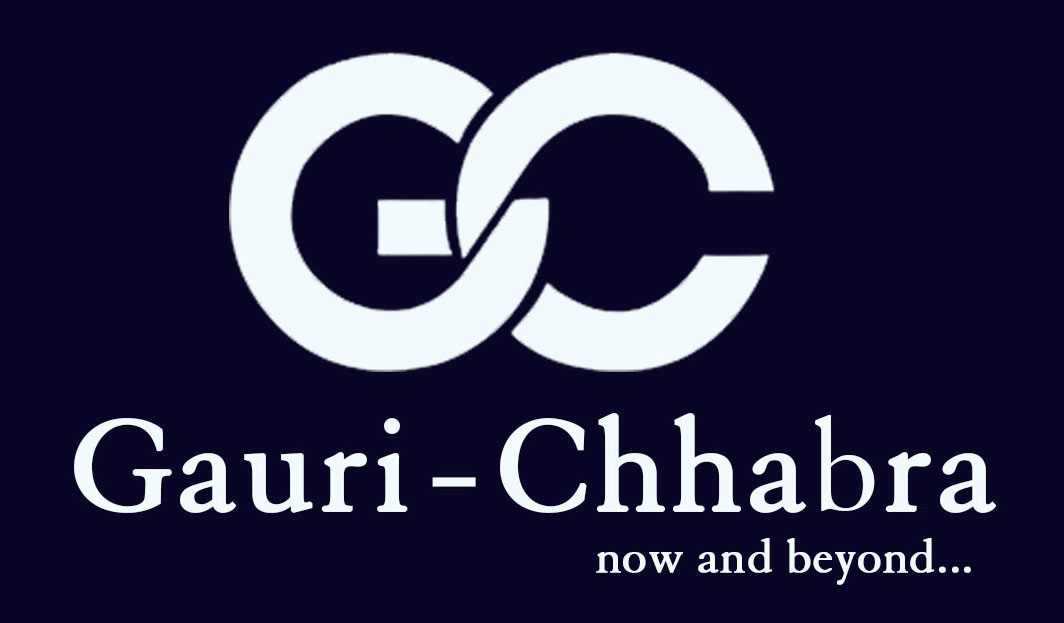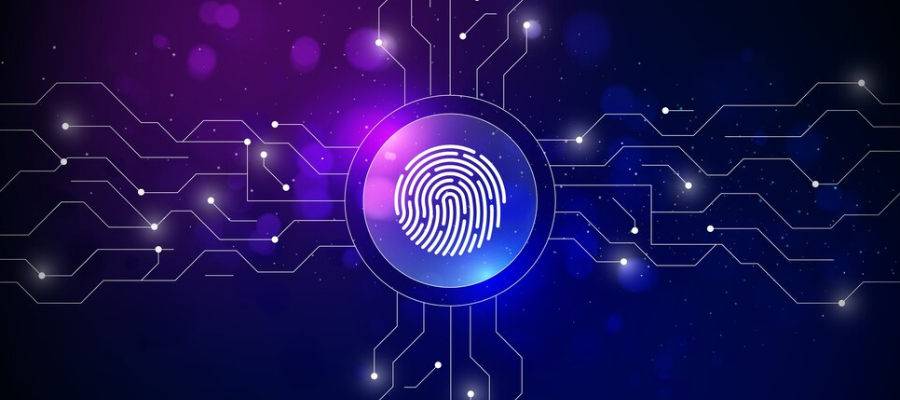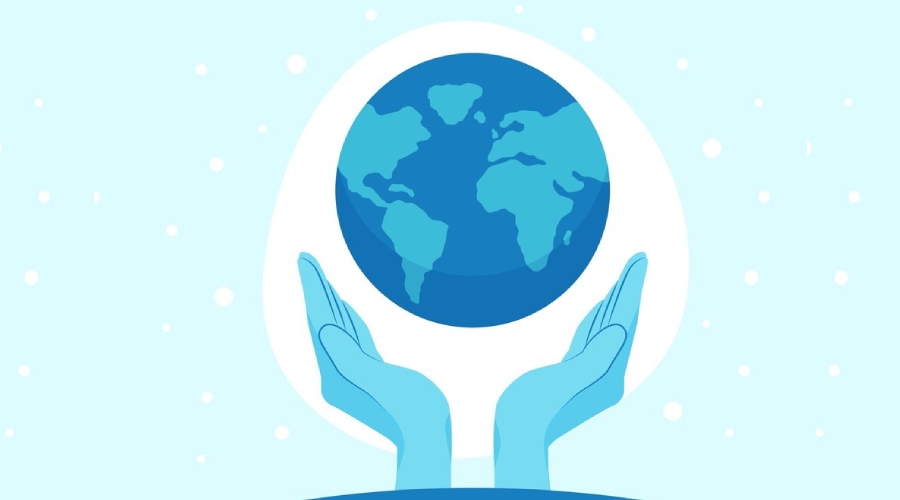Covid 19 was called a Pandemic by WHO and it sent us all packing…
That simply meant we all opened our laptops in the comfort of our homes. Lovely! That’s what we’ve always wanted ? Haven’t we? Informatics became the new normal.
We all realized that we need to adopt and adapt to Informatics while also securing ourselves and our data both on our machines and on cloud. That set a spiral wave of career options in informatics.
Informatics is basically the representation, processing, and communication of information in natural and engineered systems. It encompasses a number of existing academic disciplines – Artificial Intelligence, Cognitive Science and Computer Science. If you are interested in implementing the various programmes of Government of India,(i.e.Digital India Programme,Digidhan programmes and so on), you need to get into NIC..To get into informatics , you need to enter the NIC, or National Information Centre,under the Ministry of Electronics and Information Technology, Government of India. The NIC steers e-Government/ e-Governance applications in government ministries/ departments at the Centre, States and Districts, facilitating improvement in government services, wider transparency, promoting decentralized planning and management, resulting in better efficiency and accountability to the people of India.
Recruitment for the posts of Scientist-‘B’ and Scientific/Technical Assistant-‘A’ in National Informatics Centre(NIC) on Direct Recruitment Basis.
National Institute of Electronics and Information Technology (NIELIT) invites applications, on behalf of Ministry of Electronics and Information Technology (MeitY), from eligible and qualified candidates for filling up the following Scientific & Technical Posts in National Informatics Centre (NIC).The last date for submission of online registration was 1st June 2020 (Monday).
There are 495 vacancies. For Scientist-‘B’ post – 288 vacancies and for Scientific/Technical Assistant -‘A’ post – 207 vacancies.
Eligibility, Age limit and Qualifications:
Scientist-‘B’
As Scientist B level, you would be a system analyst. You would be responsible for e Promotion, Planning, Design, Development and Implementation of Computerisation service of NIC to a Department of Government or an associated organisation Development and Implementation of Information Systems, Expert Systems. You would also manage Information Systems, Training, Maintenance and Hardware Support and go for field visits for successful implementation of the Project with respect to all technical aspects.
You need to have a Bachelor’s Degree in Engineering or Bachelor’s in Technology or Department of Electronics and Accreditation of Computer Courses B-level Or Associate Member of Institute of Engineers OR Graduate Institute of Electronics and Telecommunication Engineers OR Master Degree in Science (MSc) OR Master Degree in Computer Application OR Master Degree in Engineering /Technology (ME /M.Tech) OR Master Degree in Philosophy (M Phil).
For Scientific/Technical Assistant-A
You would be responsible for collection, collation and processing of Information, NICNET operation, assistance in Programming, Analysis and MIS support coordination of Users and other support functions.
You need to be an M.Sc. Post Graduate / MS / MCA / B.E. / B.Tech in concerned discipline / fields.
Vacancy fields: Electronics, Electronics and Communication, Electronics & telecommunications, Computer Sciences, Computer and Networking Security, Software System, Information Technology and Informatics.
EXPERIENCE: No Experience Required.
Maximum age –
The maximum age for UR and EWS is 30 years. However, there shall be age relaxation for 5 years for candidates serving in Government Organizations working in post which are in the same line or allied cadres and where a relationship could be established that the service already rendered in a particular post will be useful for the efficient discharge of duties of the advertised post.
- The upper age limit in respect of SC, ST, OBC and PWD and other special categories of persons shall be relaxable in accordance with the orders issued by the Central Government from time to time in this regard.
- The age relaxation for SC/ST/OBC candidates is applicable for the post reserved for them. However relaxation in age limit for PWD candidates will be applicable irrespective of the fact whether the post is reserved for them or not, provided the post is identified suitable for them.
Based on ACR, Scientific Assistant ‘A’ after 3 years, you will be promoted as Scientific Assistant ‘B’ and after another 3 years, this person will be promoted as Scientific Officer / Engineer ‘SB’ (Programmer) which is a gazetted post.
Selection Procedure:
For Scientist ‘B’ positions, the selection will be done through a written examination and interview. For Scientific/Technical Assistant – ‘A’ post, there would be only a written exam.
Scheme of written examination shall be Objective type and OMR Based.
The question paper for the written examination will consist of 65% questions from Technical Area and 35% from Generic Area. There shall be a total of 120 objective type Questions consisting of 78 questions from Technical Area (Computer Science) and 42 questions on Generic area.The Generic Area will be based on topics like Logical Reasoning, Analytical Reasoning Capabilities, Quantitative and Qualitative abilities and General Aptitude.
Syllabus for Technical Area would be based on Probability & Statistics, Digital Computer Principles, Computer Organization & Architecture, Programming & Data Structure, Object-Oriented Programming, Algorithms, Databases, System Software, Information Systems, and Software Engineering, Computer Networks, and Web Technologies.
The written exam shall comprise 120 objective type questions that need to be answered in a duration of 3 hours.You will be awarded 1 mark for each correct answer and there would be a negative mark of 0.25 would be deducted for every wrong answer.The minimum marks to qualify in written exam is 50% (40% for OBC & 30% for the SC/ST/PWD) Candidates have to secure the necessary sectional cutoff as well as the total cut-off marks in order to qualify for the next stage.
Final Selection:
While final selection for Scientist B is a 3 step process and for Scientific/Technical Assistant – ‘A’, it is a two step process.
The final selection of eligible candidates for appointment to the post of Scientist –‘B’ will be based on the combined performance of the candidates both in the written examination and in interview and verification of documents submitted by the candidates. The weight-age of marks for written examination and interview will be in the ratio 85:15. It is mandatory to appear in the interview for selection.
The final selection of eligible candidates for appointment to the post of Scientific/Technical Assistant – ‘A’ will be based on the merit position arrived from the performance of the candidates in the written examination, reservation policy and verification of documents submitted by the candidates.
Sample Questions Scientist B Written Exam
Section A ( General Aptitude)
- Choose the correct option
Which word does not belong with the others?
- Wing
- Fin
- Beak
- Rudder
- A software engineer has the capability of thinking 200 lines of code in 5 min and can type 200 lies of code in 10 minutes. He takes a break for 5 min after every 10 minutes. How many lines of code will he complete typing after an hour?
- 200
- 300
- 400
- 500
- Candid is to direct as honest is to
a)frank
b)wicked
- c) truthful
- d) untruthful









